Brexit: Who governs Britain? This is the UK's new 10-party system
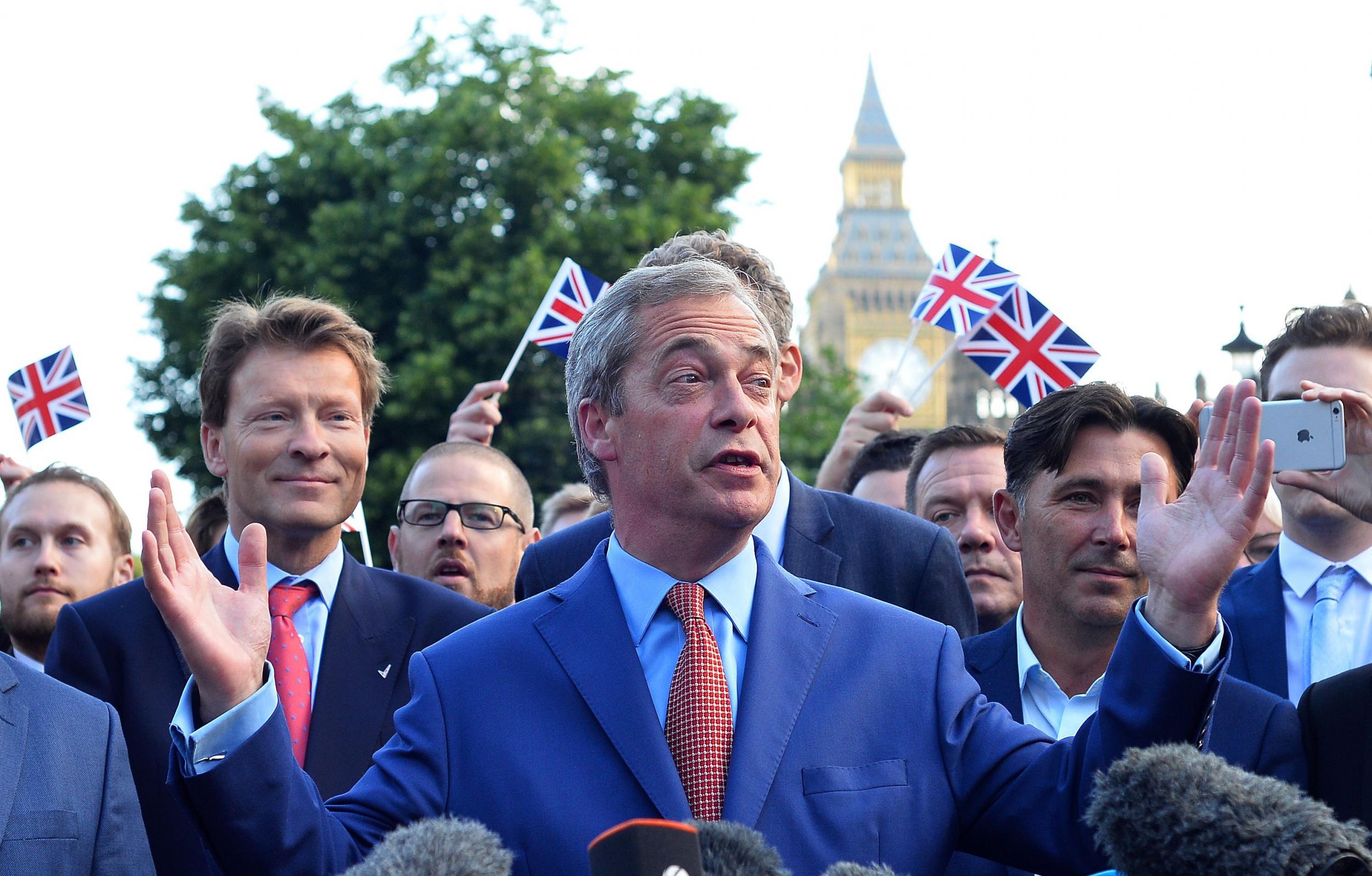
Your support helps us to tell the story
From reproductive rights to climate change to Big Tech, The Independent is on the ground when the story is developing. Whether it's investigating the financials of Elon Musk's pro-Trump PAC or producing our latest documentary, 'The A Word', which shines a light on the American women fighting for reproductive rights, we know how important it is to parse out the facts from the messaging.
At such a critical moment in US history, we need reporters on the ground. Your donation allows us to keep sending journalists to speak to both sides of the story.
The Independent is trusted by Americans across the entire political spectrum. And unlike many other quality news outlets, we choose not to lock Americans out of our reporting and analysis with paywalls. We believe quality journalism should be available to everyone, paid for by those who can afford it.
Your support makes all the difference.Who governs Britain? Farage? Boris? Gove? Cameron? May? Sturgeon? Corbyn? Corbyn’s critics? Never have so many actors mattered and so few had any actual power.
In the wake of Brexit, the old party divisions no longer apply. Britain is now a ten-party system, with the major parties cleaved in two between leavers and remainers.
Using data from YouGov, who have reweighted their final EU referendum poll to reflect Thursday’s 52:48 vote for Brexit, we can discover the proportion of each party’s supporters who voted for leave or remain.
And if we take the vote shares for each party at last year’s general election (the latest polls suggest similar shares), we can see where power really lies.
As the graph shows, ‘Conservative leavers’ are the largest political force in the country, and could expect to win around 23 per cent of the vote in a ten-party general election; that’s 7.7 million people of the 17.4 million who voted for Brexit.
This is the newly dominant wing of the Tory party, which is now effectively led by Boris Johnson and Michael Gove.
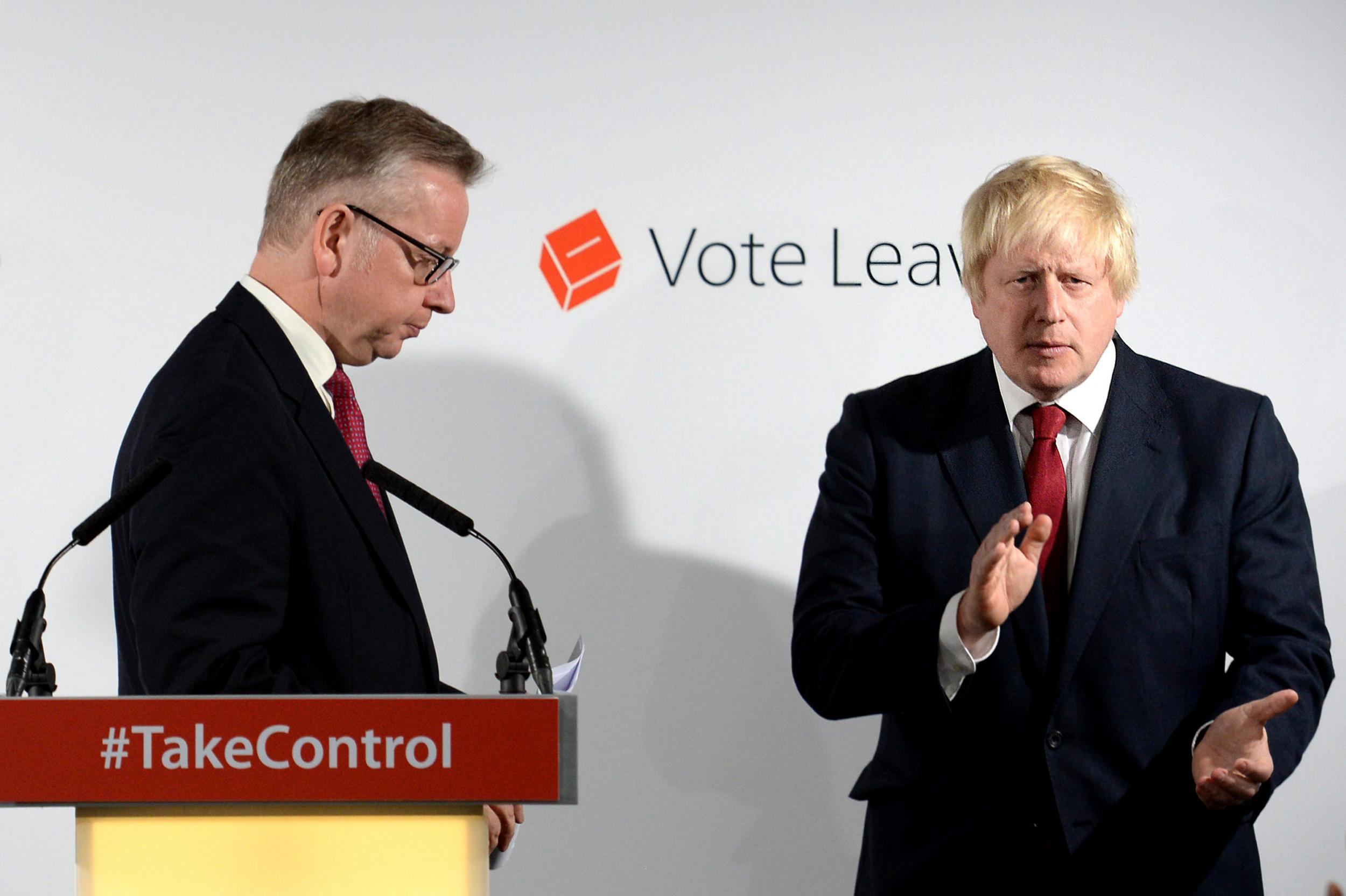
They outnumber ‘Labour remainers’, the second largest group in Britain’s new informal parliament, who would poll at around 20 per cent in a ten-party system (6.9 million of the 16.1 million Remain voters support them).
These voters are technically led by Jeremy Corbyn, but his lukewarm support for Remain during the EU referendum – and his likely de-selection by his party’s MPs today – shows how tenuous his control is.
This bloc is more accurately represented by figures such as Hillary Benn; Alan Johnson, who led Labour’s Remain campaign; Margaret Hodge, who has led the movement to defeat Corbyn; and the dozens of shadow ministers who resigned in protest yesterday.
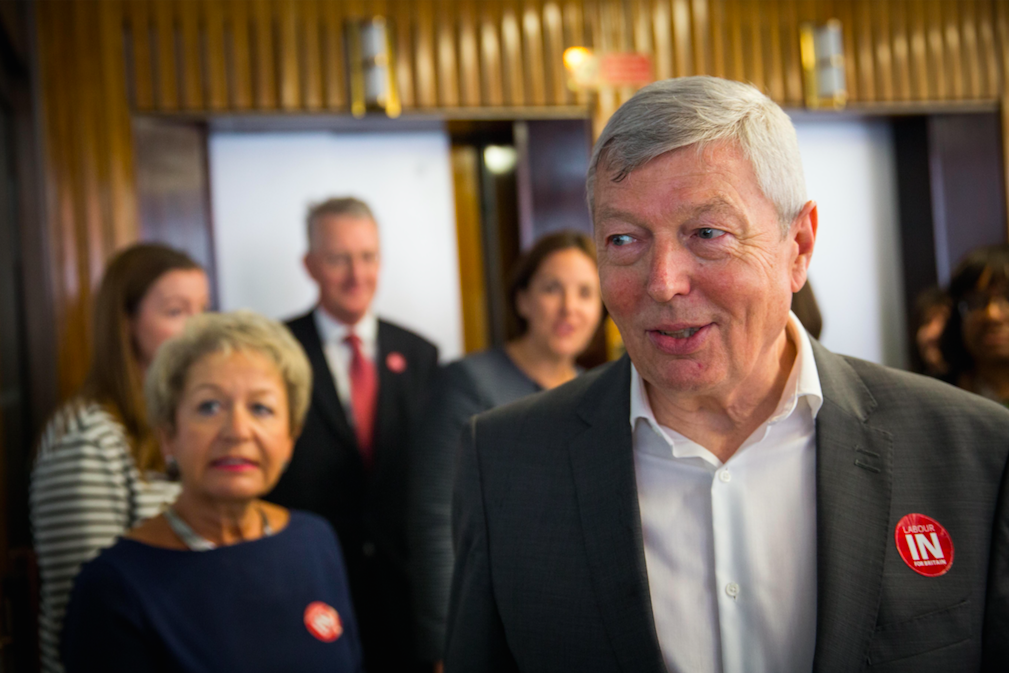
The third biggest force in politics are ‘Conservative remainers’, the part of the party led by David Cameron and George Osborne.
This group controlled the Conservatives for the past decade and the country for the past six years, but now commands the support of just 15 per cent of voters (4.9 million).
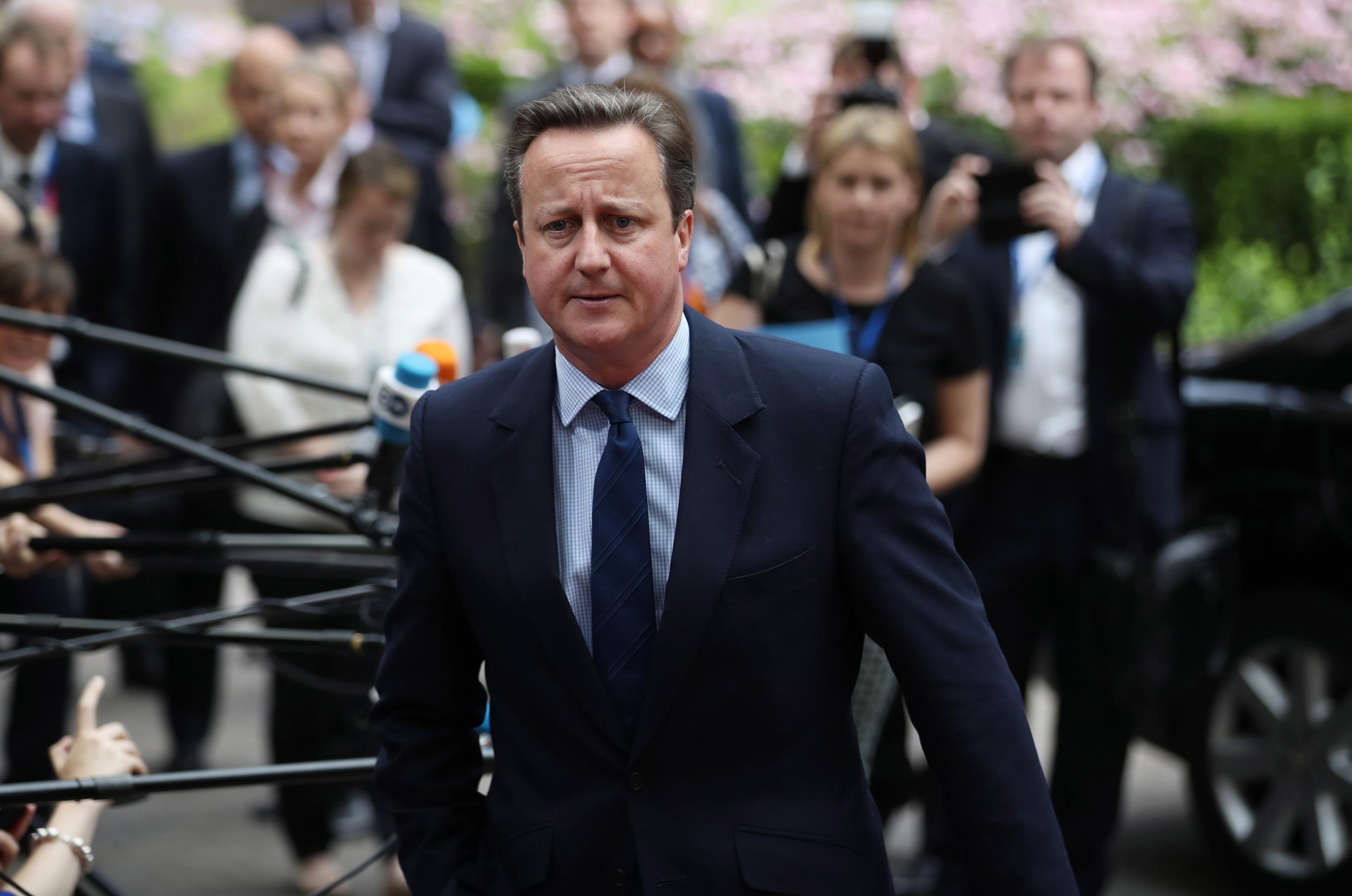
The fourth largest bloc, with a significant 12 per cent of the vote and 4.1 million voters, is Nigel Farage’s Ukip. (1-in-20 Ukippers actually voted to stay, according to polls, but you can find single-digit support for almost anything in a poll.)
They may only have one MP in the House of Commons – Douglas Carswell, who has long been estranged from Farage – but their real power is far greater than their parliamentary representation, as last week’s vote showed.

The party came second in hundreds of seats in 2015, and is likely to win at least a handful at the next general election. (They are the party polling more strongly than any other compared to 2015.)
The four major blocs balance each other out. The ‘Conservative leavers’ and Ukippers add up to 35 per cent of voters, as do the ‘Labour remainers’ and ‘Conservative remainers’.
The fifth major bloc is ‘Labour leavers’, the unofficial party led by Labour backbenchers Frank Field, Kate Hoey and Gisela Stuart.
They make up 11 per cent of voters, with 3.7 million backing this wing of the party – a wing that many think Jeremy Corbyn would be more comfortable leading.
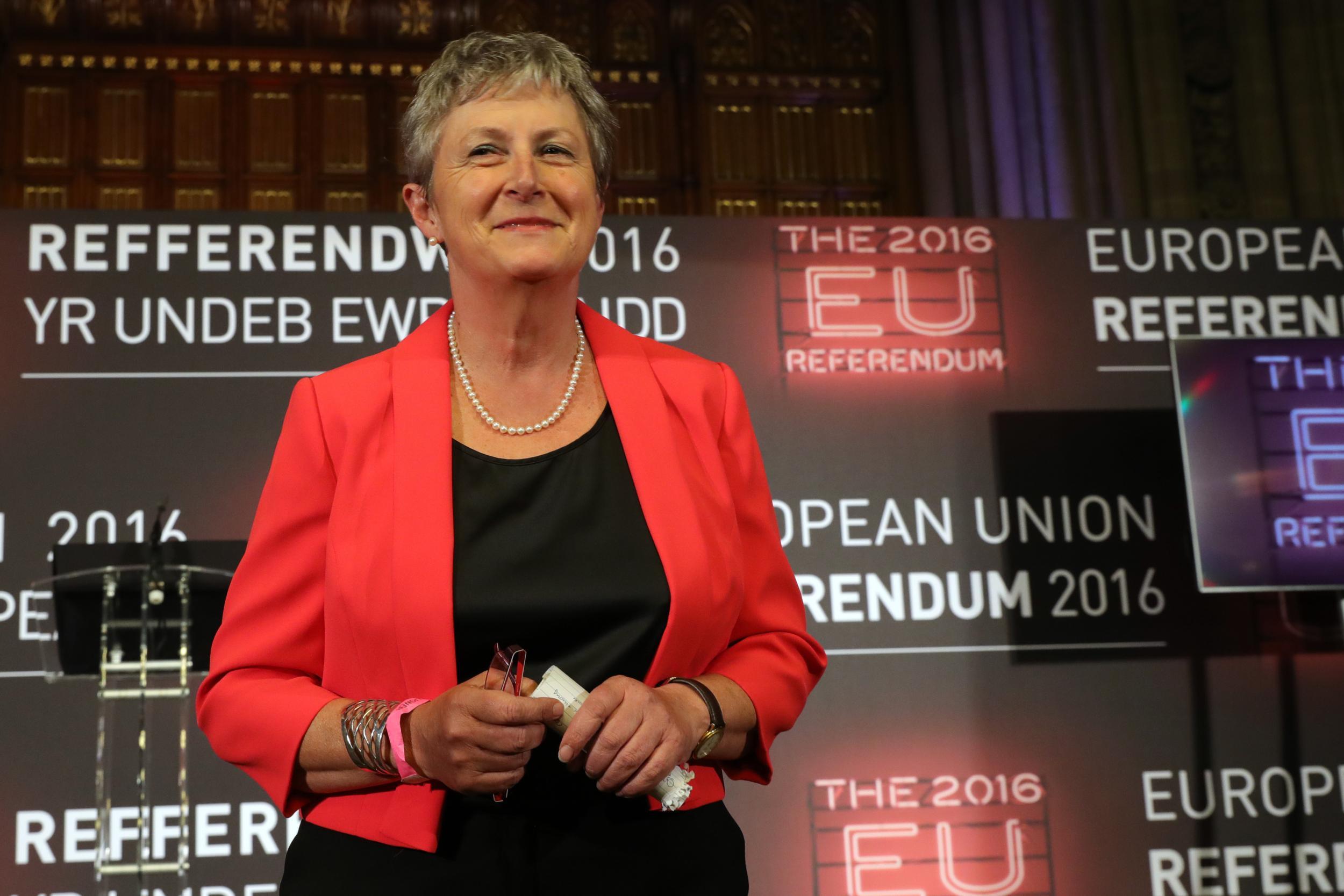
The rest of Britain’s new de facto parliament is made up of a rabble of remainers – Lib Dems (5 per cent), the SNP and Greens (both 3 per cent) – who together account for 3.9 million voters, effectively balancing out the Labour leavers.
Our two major blocs of Remainers and Leavers now total 46 per cent of the vote.
Leave’s 4 per cent margin – they won 52:48 on Thursday – is thanks to the support of Lib Dem and SNP leavers, whose voters aren’t quite as unanimous in their support for Remain as their parliamentary leaders suggest.
The numbers round to 100 once Plaid Cymru voters (0.6 per cent in 2015) and those in Northern Ireland (2 per cent in 2015) are added to our totals.
However, we haven’t actually apportioned all 46.5 million of eligible voters, we’ve only added up the 33.6 million who bothered to vote last week.
While turnout was higher than any election since 1992, 12.9 million Brits did not vote.
So if we re-do our ten-party chart, and this time add in non-voters, we can see that the largest political force in a ten-party Britain is actually no force at all.
And with non-voters taken into account, the Leave bloc only adds up to 37 per cent of all voters (with the Remain bloc on 35 per cent).
In other words, a majority of the British people didn’t even come close to voting for Britain to leave the EU. Not even 40 per cent did.
Yet without any threshold qualification, Britain now faces the prospect of tumbling out a union that has stood for 40 years, one overwhelmingly backed by voters born since its inception.
Join our commenting forum
Join thought-provoking conversations, follow other Independent readers and see their replies
Comments